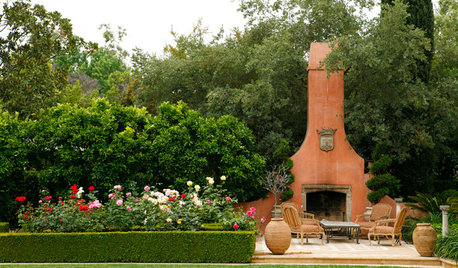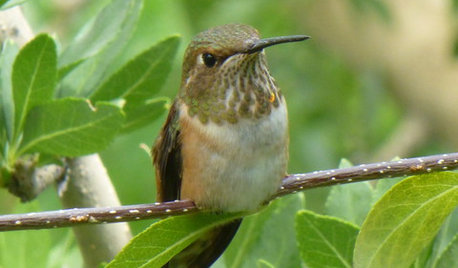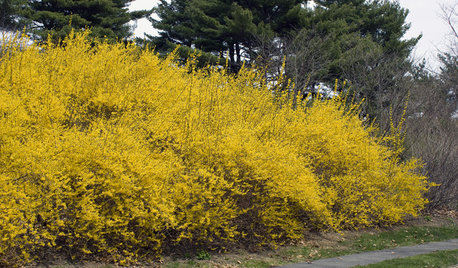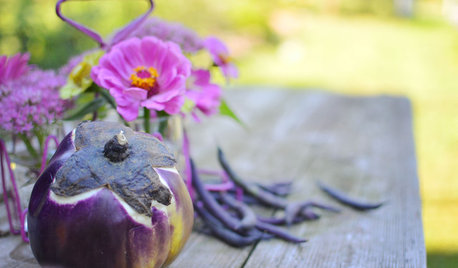flowers more tenacious
four (9B near 9A)
10 years ago
Related Stories

COLORBedroom Color: The Secret to More Sex and More Sleep
Look to surprising revelations about bedroom wall colors to get more of what you want
Full Story
DECORATING GUIDESMore Is More: The 10 Tenets of Maximalist Style
Ready to join the school of over-the-top design? Learn how to embrace excess in your interiors
Full Story
COLORYou Said It: ‘Adding Color Is About So Much More Than Shock’ and More
Highlights from the week include color advice, Houzzers helping Houzzers and architecture students building community housing
Full Story
LANDSCAPE DESIGNMake Your Roses Even More Beautiful With These Companion Plants
Nourish your rosebushes and create a visual feast with these 7 classic and unexpected plant pairings
Full Story
GARDENING GUIDESAttract Hummingbirds and Bees With These Beautiful Summer Flowers
Roll out a welcome mat for pollinators to keep your landscape in balance and thriving
Full Story
GARDENING GUIDES8 Flowers That Hummingbirds Adore
To draw those mesmerizing little birds to your garden or doorstep, plant these flowers that are attractive in more ways than one
Full Story
SPRING GARDENING8 Sunny Spring Flowers
Add a burst of yellow to the garden with forsythia, witch hazel, winter jasmine and more
Full Story
GARDENING GUIDESHow to Prune Your Flowering Shrubs for the Best Blooms
Less is often more when it comes to properly pruning flowering shrubs. Here’s what to do and why
Full Story
DECORATING GUIDESRebel Colors Spark Fall Flower Arrangements
It's a fall-decor revolution! Purples, pinks and more are taking a stand with traditional autumn colors for unexpected arrangements
Full StorySponsored
Columbus Area's Luxury Design Build Firm | 17x Best of Houzz Winner!
More Discussions







kermitc
four (9B near 9A)Original Author
Related Professionals
Saint Louis Park Landscape Architects & Landscape Designers · Brookside Landscape Contractors · Bridgeview Landscape Contractors · Firestone Landscape Contractors · Lake Saint Louis Landscape Contractors · Plymouth Landscape Contractors · Roseville Landscape Contractors · Shoreview Landscape Contractors · The Woodlands Landscape Contractors · Oxon Hill Landscape Contractors · Forest Hill Landscape Contractors · Norridge Landscape Contractors · Dale City Siding & Exteriors · Orange County Siding & Exteriors · Springfield Siding & Exteriorsriver_crossroads z8b Central Louisiana
four (9B near 9A)Original Author
rich_dufresne
four (9B near 9A)Original Author
rich_dufresne
karen__w z7 NC
four (9B near 9A)Original Author
four (9B near 9A)Original Author
rich_dufresne
voodoobrew
four (9B near 9A)Original Author
four (9B near 9A)Original Author
four (9B near 9A)Original Author
four (9B near 9A)Original Author
rich_dufresne